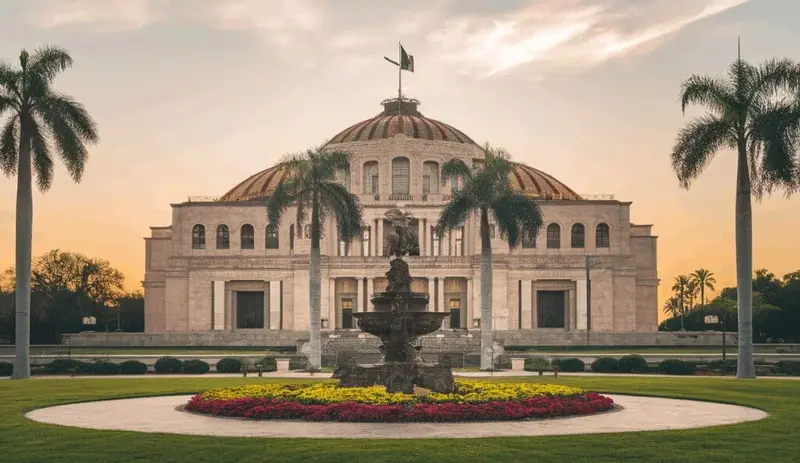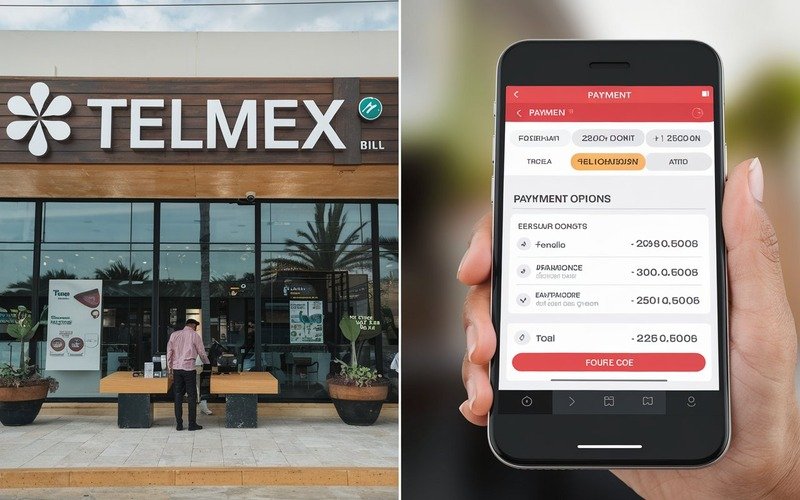
International money transfers can be a financial burden, with traditional methods draining your hard-earned money through excessive fees and unfavorable exchange rates.
This guide will help you navigate the complex world of sending money to Mexico while keeping more cash in your pocket.
The Hidden Cost of Traditional Bank Transfers
Transferring money from one country to another isn’t nearly as simple as most individuals assume. I have spent several years now dealing with international transfers, and I have learned from experience that what should be a straightforward transaction often turns into a complex one.
This feeling is amplified when I send money to Mexico. When I send funds south via bank wire, I have found the fee structure to be especially murky and the costs pretty unbelievable.
Understanding Bank Transfer Fees
Usual bank transfers are often layered with various costs. Most people see the direct transfer fee, which can cost between $25 to $50 per transaction, and think that’s all we’re paying. But in fact, bank transfers are usually much more expensive than that, due to a cost most people don’t even think to look for: exchange rate markup.
Banks frequently add a 3-5% markup on the actual exchange rate. Consider a typical situation where you might be sending $1,000 each month to family or business contacts in Cabo, Mexico. In this instance, you’re losing something like $300-$500 each year just in hidden fees and unfavorable exchange rates.
Digital Payment Platforms: A Cost-Effective Alternative
Digital payment platforms have changed how we send money across borders. When using them, we may find that the fees we pay are more akin to those we pay for online shopping than to the exorbitant charges associated with sending money through banks.
These digital services use real-time exchange rates and have more transparent fee structures. Some even allow you to lock in exchange rates, giving you more predictability in your transfers. For someone sending money regularly, this can mean hundreds of dollars saved annually.
You May Like: Are There Hidden Fees When Paying Mexican Property Bills?
Emerging Technologies in Money Transfers
Technologies like blockchain and digital payments are transforming international money transfers. These innovations are creating new avenues for faster, cheaper, and almost instantaneous cross-border transactions. They are minimizing the costs associated with using intermediaries to facilitate transfers.
Cryptocurrency platforms offer an exciting alternative. Some allow direct digital currency transfers at low fees, although the success of this tech-savvy opportunity depends on doing your homework carefully.
Strategies for Minimizing Transfer Expenses
Here are some strategic approaches to reduce transfer costs:
• Move larger amounts less frequently to drop per-transaction fees
• Examine several virtual transfer venues before each move
• Search for platforms offering special rates for new users
• Diversify with a virtual vault that holds multiple currencies
A word of caution: Consult with a financial advisor or tax professional if you’re unclear about the rules or tax consequences of your transfers.
Final Thoughts
Cutting wire transfer costs to Mexico is not about finding a magic solution. It’s about being informed and strategic. Understand fee structures, leverage digital platforms, and stay aware of technological innovations.
The world of international money transfers is constantly evolving. Remain inquisitive, question everything, and never shy away from exploring new options. Your finances will be the better for it.
Take control of your international payments by implementing these cost-saving strategies. By understanding the landscape of money transfers and leveraging modern technology, you can significantly reduce expenses and send money to Mexico more efficiently.





